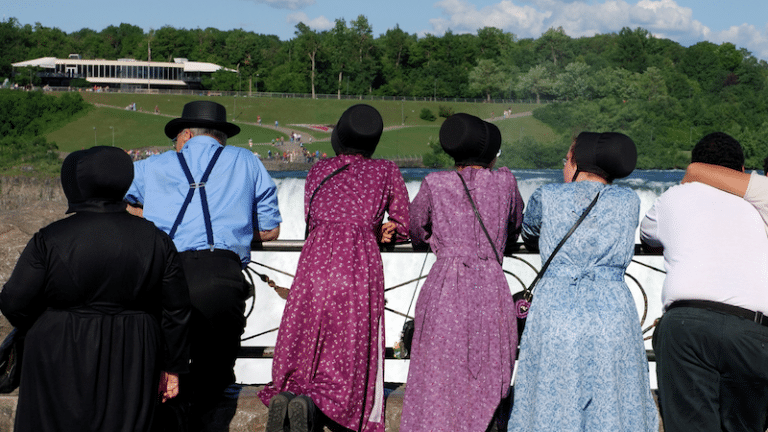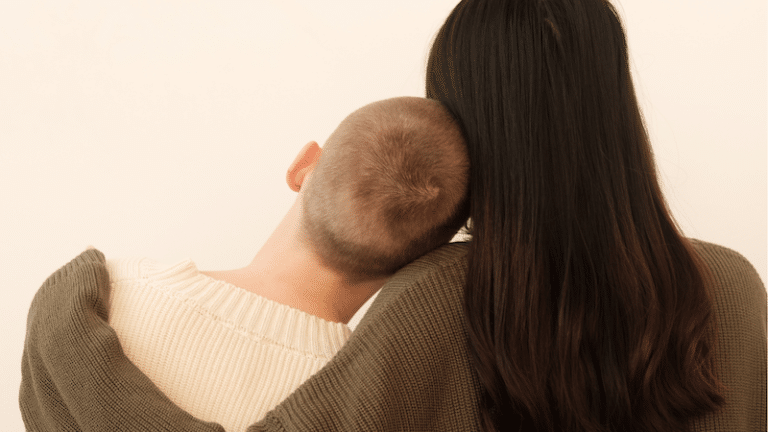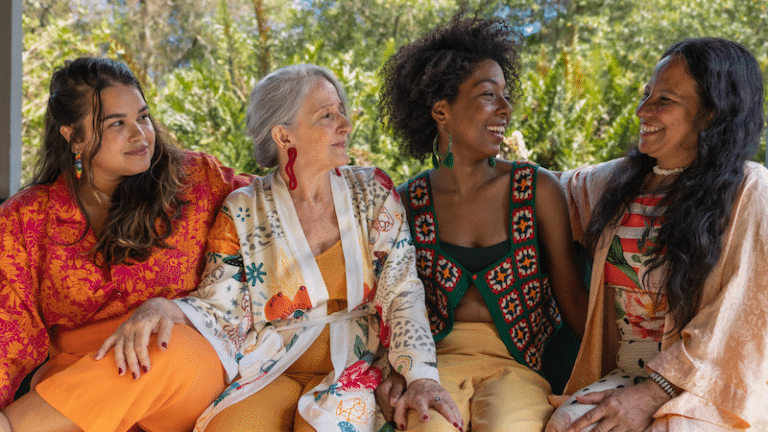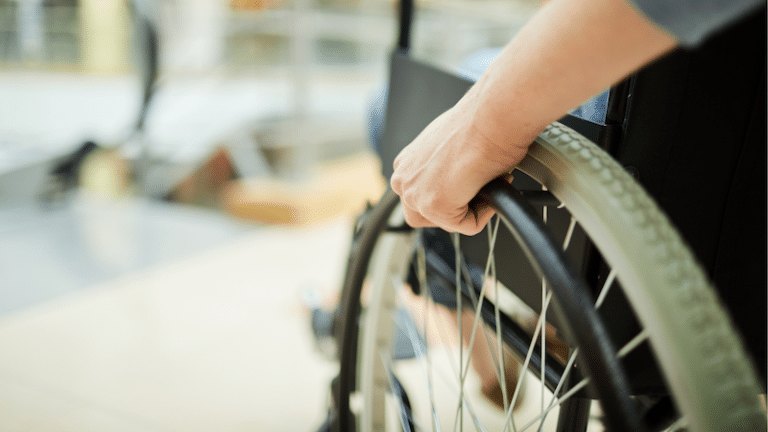“Care During Crisis: My R*pe Kit Experience” by Brooke Gallagher
It was summer of 2021, the summer before my senior year of college, and I was living in a new city with my best friend for the first time. I felt unstoppable; I had just broken up with a high school boyfriend and was enjoying the freedom that came with it, I had an amazing…












